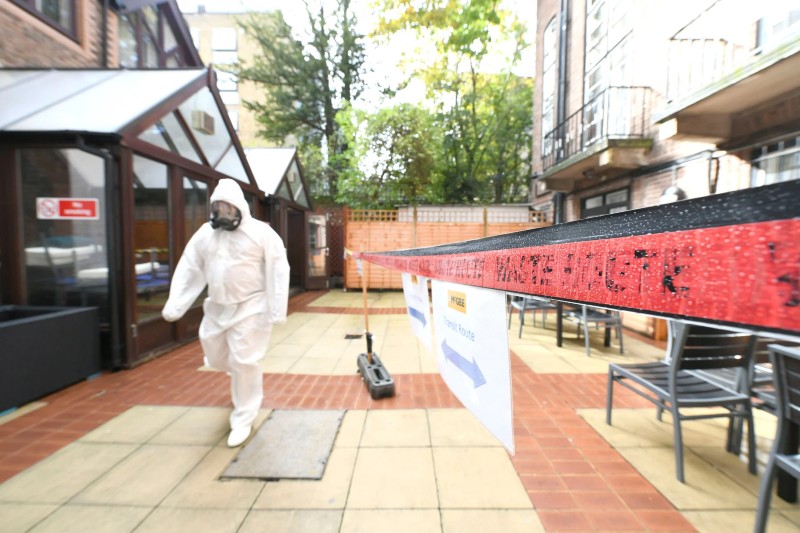RICHMONDUNIVERSITY.
A HISTORIC GRADE 2 LISTED BUILDING.
CLIENT: RICHMOND AMERICAN UNIVERSITY
STATUS: COMPLETE
LOCATION: RICHMOND
The Grade II listed, Oxbridge-style building built by the Methodist Church in 1842 as a theological college and boasts ashlar stone elevations, mullioned windows and a central tower.

Asbestos removal and disposal at The American International University of Richmond. The work focused on removing identified asbestos-containing materials from multiple locations within the buildings.
Complex removal works were carried out to large-scale areas, including Thermal Insulation to ceiling, walls and floors within the Main Boiler Room and Undercroft, high levels of sporadic Insulation contamination throughout loft spaces of the buildings, and multiple locations of high-level contamination to pipework feeds throughout the buildings, both vertical and horizontal.
The operation required meticulous planning and execution, mainly due to the confined workspace and the additional challenges posed by the COVID-19 pandemic.
The project was conducted under fully controlled conditions, adhering to strict safety and environmental regulations.
Close Collaboration
Understanding the requirements of the client and liaising with on coming trades to ensure they could complete the refurbishment works.
Advanced removal techniques
BS8520 (Wet Strip Techniques) removal with continuous monitoring and suppression to minimise fibre release, ensuring full compliance with safety standards.
Managing risks
Managing the major risks while ensuring Health and Safety protocols were adhered to, risks including confined space works, live services, works ongoing when the building was occupied.
Planning and executing complex removal work
The team meticulously developed a comprehensive strategy, considering all logistical challenges, safety regulations, and environmental impacts. Through detailed planning, precise execution, and effective communication.
